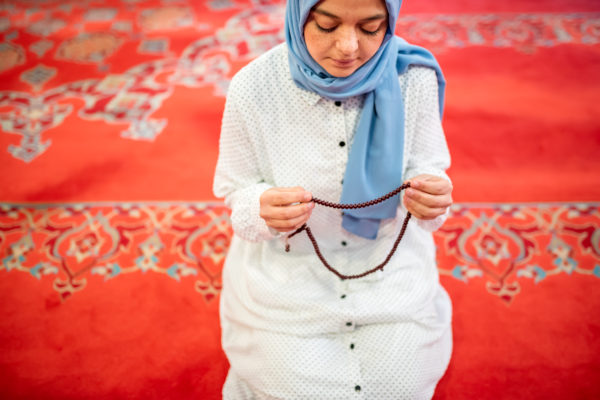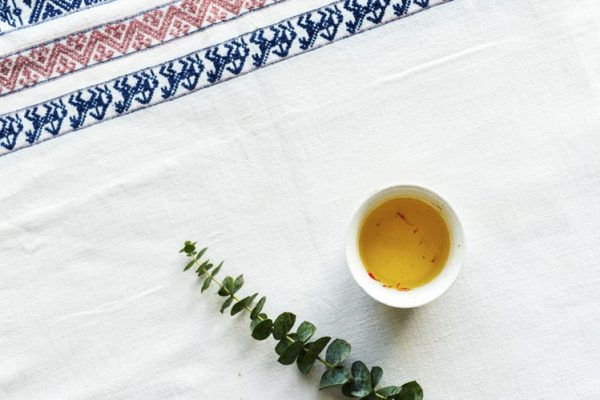One great way to implement gratitude is writing down 3 things you are grateful at the end of each day. You can also practise this with family during your evening meal or on your way to school with your children.
One great way to implement gratitude is writing down 3 things you are grateful at the end of each day. You can also practise this with family during your evening meal or on your way to school with your children.
A buzzword trending currently is the practice of gratitude. Although many of us are familiar with the concept of counting our blessings, Positive Psychology research tells us that practising gratitude can actually enhance feelings of joy, happiness, and well-being. Furthermore, when we lean into gratitude practises, we are training our mind to look out for positive aspects to our day.
In this article, I’ll be exploring gratitude through the lens of science – that is mindfulness and Positive Psychology. How can we incorporate this practice into our lives daily and how do we get these new habits to stick?
Grab your journal and a sharpie
Gratitude is best practised through the act of writing in a journal. Jotting your thoughts and reflecting on gratitude prompts is a great way of committing to your new gratitude habit. This practice can then be incorporated as part of a morning or evening routine.
Reach for gratitude prompts
A great way to implement gratitude is writing down 3 things you are grateful at the end of each day. You can also practise this with family during your evening meal or on your way to school with your children.
Other creative alternatives include writing a letter expressing gratitude to a person you have never thanked properly. This letter can then be shared with your loved one.
Try writing down one meaningful event that happened to you today. Or reflect on a recent challenge you grateful for. What new connection are you grateful for and why?
Get creative
If you’re not a fan of writing, try drawing instead. Create a mind-map detailing all the things you are grateful for this year. Use easy symbols to make this practice fun, for example draw a sun in the middle of the paper and write each gratitude point as a sun beam. Try adding your scriblings to a vision board for a daily reminder of your grateful moments.
Mindful living
Use your senses to celebrate life’s simple pleasures, for example savouring your tea, noticing the details of a morning walk in the park, or eating your first 3 bites of food mindfully. Pockets of mindful moments can enhance joy and get us moving out of autopilot mode to presence.
Mindful photography
Another creative hack to gratitude benefits is taking a picture of one thing, place or person that makes you feel grateful every day. Using your camera to hone in on details that you would otherwise not see, is an excellent way of fostering the ‘beginner’s mind’ and ‘curiosity’ of mindfulness. This is an attitude of examining the world with awe and fresh eyes.
A bit of good news
Dig a bit deeper and you’ll discover an array of literature designed to get you feeling good. Read good news articles, for example The Happy Newspaper by Emily Coxhead. Alternatively, watch an inspiring Ted Talk or video to remind you of the positive in the world.
Create a gratitude jar
A simple yet effective visual vue for gratitude is keeping a gratitude jar for recording all things you are grateful for and why. Make time to reread your old comments and revisit your moments of gratitude.
Making new habits stick
- Plan behaviours – and ensure time planning is practical and not perfectionistic, for example schedule in the time and place for practising gratitude. This will ensure that you are much more likely to achieve your goal.
- Plan pitfalls – remember the old adage, failing to plan is planning to fail. Be clear on your barriers and factor this in.
- Create a visual cue – this is essential in reminding you of your goal. For example, keeping your gratitude journal and a pen on your bedside counter to remind you to write down your daily 3 gratitude reflections before bed.
- Physical cues can also be useful. Try setting gratitude bells to remind yourself of your habits.
- Monitor behaviours and see what works with you specifically.
- Small steps forward is a massive step in the right direction. Try introducing one element to your daily routine and add more progressively.
Gratitude is an easy practise we can all incorporate into our lives to enhance well-being, using a touch of creativity to ensure the practice doesn’t get repetitive. Why not try a one month gratitude challenge, using the new year as your inspiration to forging a new, healthy and positive habit?





